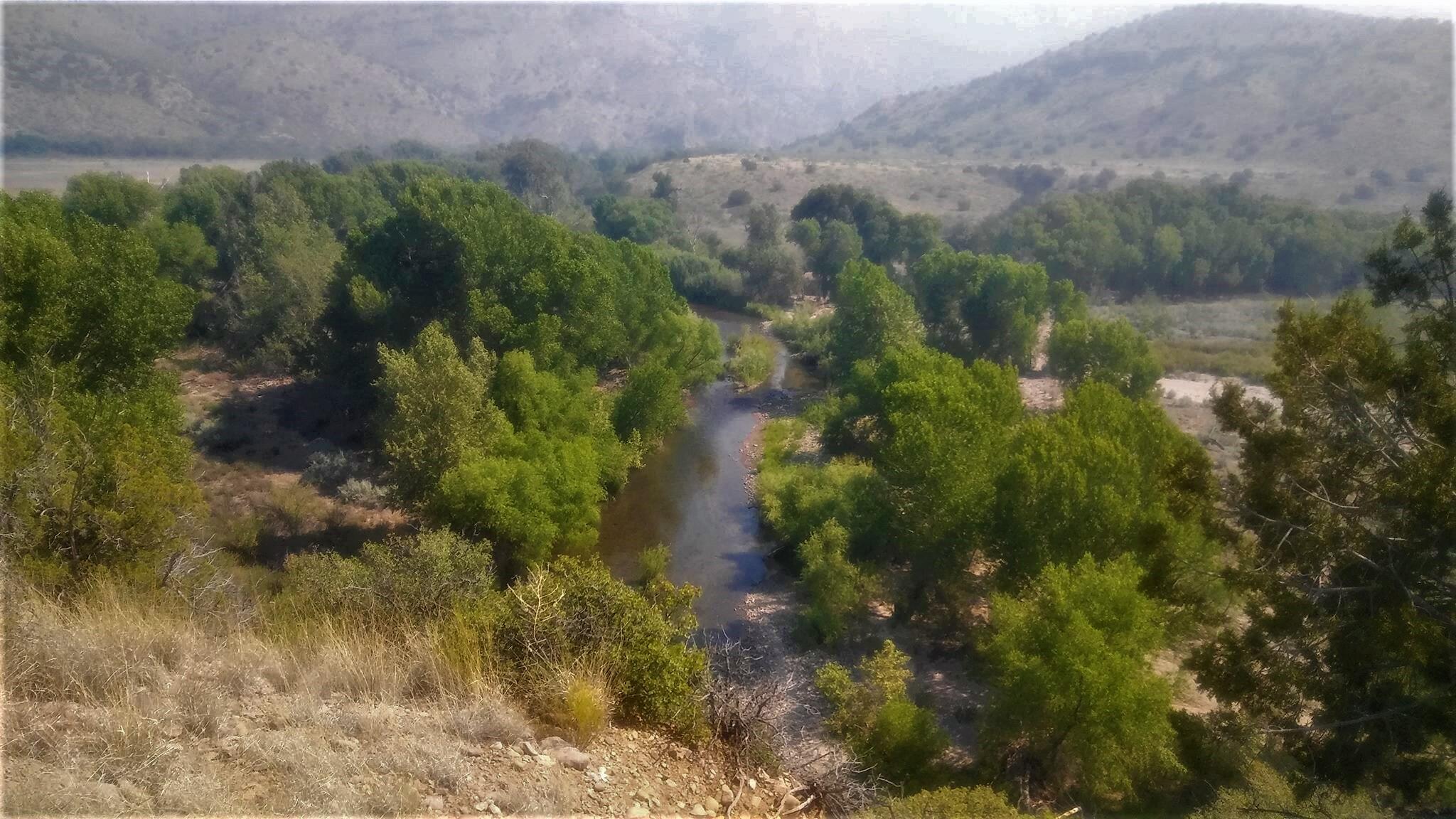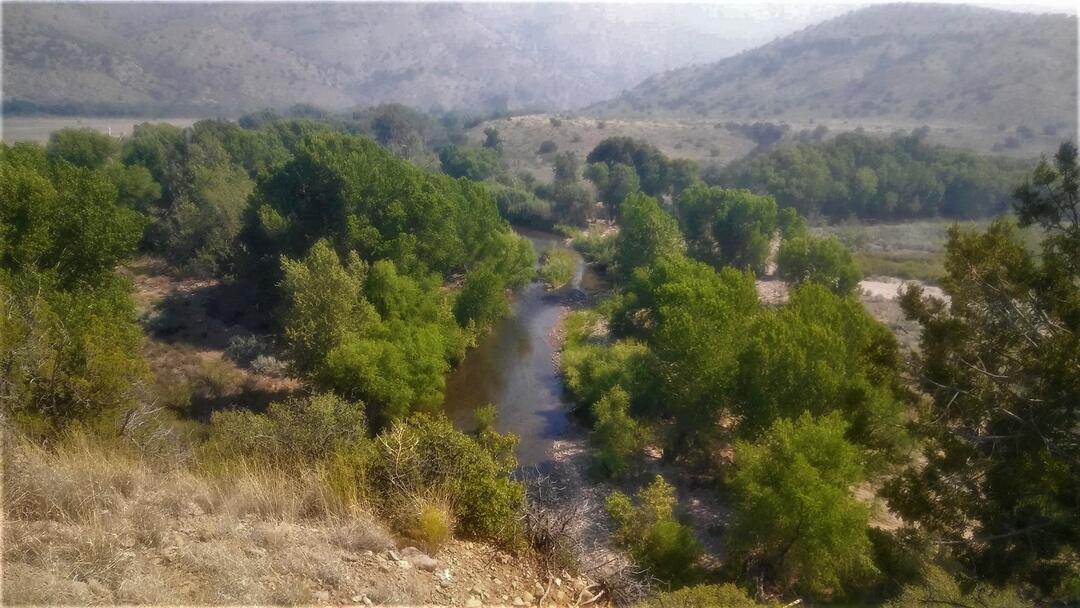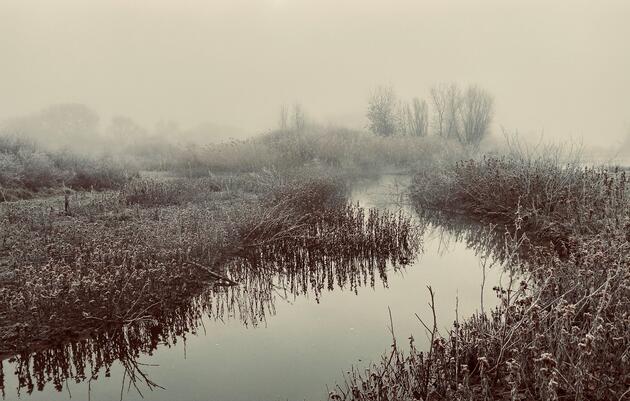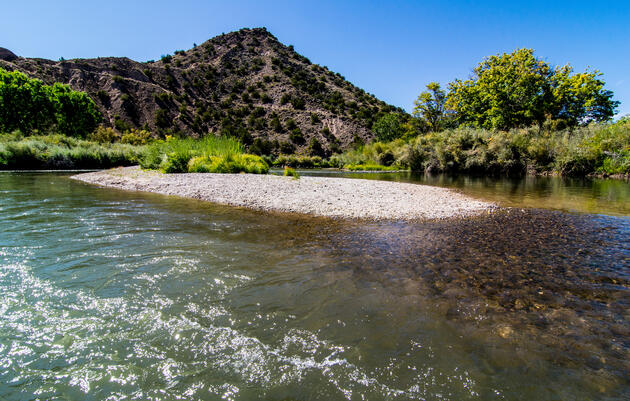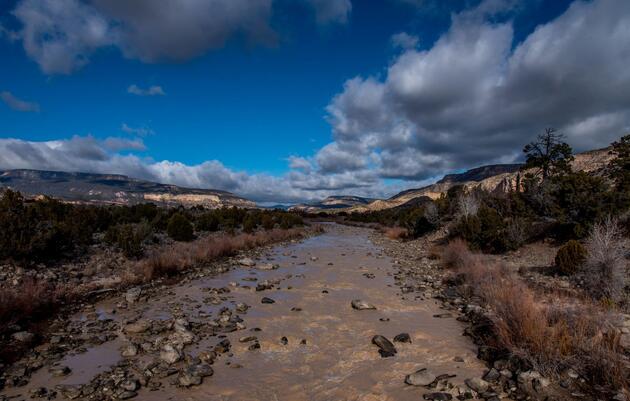The Gila River and its tributary the San Francisco are two of the last free-flowing rivers in the southwest, and the last in New Mexico. They provide crucial habitat for some of the regions most threatened species, including yellow-billed cuckoo, southwestern willow flycatcher, Gila trout, Chiricahua leopard frog, and many other birds and animals. They are also some of the most loved areas in the southwest for river-rafting, backpacking, and fishing, on which the region’s economy depends.
Despite their beauty and critical importance to wildlife and local communities, these rivers have been under threat from proposed diversion projects which have been discussed for decades. A small group has been advocating for using the funds available to New Mexico from the 2004 Arizona Water Settlements Act for a diversion despite many findings that diversion is not feasible economically, and that it would harm the local community while providing possible benefit for only a few.
In April, the Bureau of Reclamation released a Draft Environmental Impact Statement (EIS) for the Gila River diversion project proposed by the NM Central Arizona Project (CAP) Entity. Remarkably, BOR noted in a letter accompanying the document that it believes the project is unfeasible, and that it is not selecting a preferred alternative. Audubon New Mexico joined other conservation organizations in early June in advocating for the “no-action” alternative which would not authorize any diversion.
Thankfully, on June 18th, the New Mexico Interstate Stream Commission, responsible for authorizing funds for the EIS process, voted not to continue supporting the EIS for a diversion, ending state involvement in the project and potentially ending the project’s prospects permanently.
On May 12th, Senators Udall and Heinrich introduced legislation to designate 450 miles of the Gila river system as “Wild and Scenic” under the Wild and Scenic Rivers Act of 1968. Among other things, this legislation would prevent diversions on the river and require it to be “free-flowing”. This is an admirable effort to protect the Gila for wildlife and future generations and we look forward to its passage.

